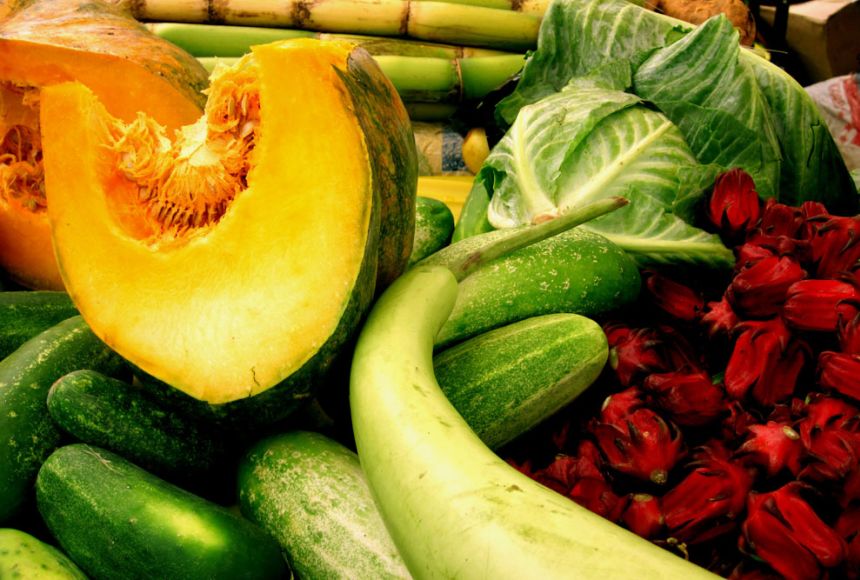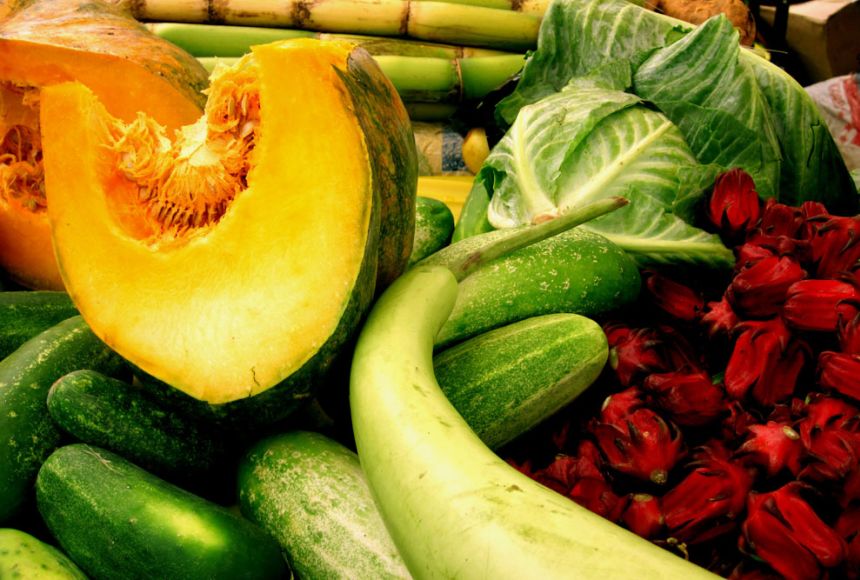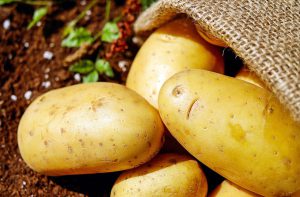Farm output is expected to grow by more than 3% in FY24 despite initial concerns about the adverse impact of an erratic monsoon, NITI Aayog member Ramesh Chand said, signaling the El Niño weather pattern may have had a more moderate effect than earlier anticipated.
Chand, however, acknowledged that the uneven southwest monsoon would have some effect on crop yields, but said the overall impact would not be significant, helping cool vegetable and food prices. He said that his outlook for food inflation for the next two to three months is in the range of 5-6%, implying further softening of food prices.
A 3% increase in farm output would mean a moderation from the 3.5% growth in gross value added in the sector in FY23 and the 4% growth seen in the year before.
However, mitigating factors like increased area under irrigation will protect farm output growth, he said. Moisture due to some early winter rains in north India and bountiful rain in Kerala will also support farm output growth, he said. One positive of lower rainfall in the eastern region is that it reduces flood risk.
Chand explained that the overall quantity of rain received this year was only 6% less than the long-period average (LPA), which is very close to the definition of a normal monsoon—plus or minus 4% of the long-period average. “So, that deficiency is very, very small,” said Chand, explaining that whatever adverse effect was anticipated on the farm sector has not happened and that El Niño-related worries are off the mark.
Anywhere between 96% and 104% of the LPA is considered ‘normal’, with 90-95% considered ‘below normal’ and less than 90% marked as ‘deficient.’
“I am happy that whatever has happened (on the monsoon front) is very close to the prediction made by IMD (India Meteorological Department),” Chand said.
If overall rainfall is good, it makes up for other aspects, such as any deviation in the regional spread of the rainfall.
Chand acknowledged that there will be some impact on crop yields, but it will be offset to some extent by certain mitigating factors, including the good rainfall in Kerala.
One key mitigating factor is that the area under irrigation in India in the last seven years has increased by 7 percentage points. It is now close to 55%, he said. Another mitigating factor is the northeastern monsoon or early winter rain. This moisture can contribute in a big way to rainfed crops in rural areas, he said.
Chand also explained that food inflation in September has cooled down. Consumer food price inflation was 6.56% in September, down from 9.94% in August. In recent months, food prices have stoked inflation in a major way. Vegetables, with a weight of around 6% in the Consumer Price Index (CPI) basket, contributed to about one-third of CPI headline inflation in July and around a fourth of overall inflation in August, Reserve Bank of India governor Shaktikanta Das noted in its 6 October monetary policy statement.
Chand expects food inflation to be in the range of 5-6% for the next two to three months. He said that due to the timely action of the government, prices of items such as tomatoes, which had briefly shot up, have been addressed effectively.
Chand said it would depend on the evolving situation whether the government would need to take any further administrative or export- and import-related measures next year to deal with the monsoon situation’s impact on crop yield.
“As of now, there are no worrying signs that we need to take any sharp measures. With the measures already taken, the situation is under control,” Chand said, adding that a call may be taken on this later, depending on the weather and other factors.
visit on -https://shorturl.at/bdtAR





